Embrace Sustainability with Sustainable DIY's
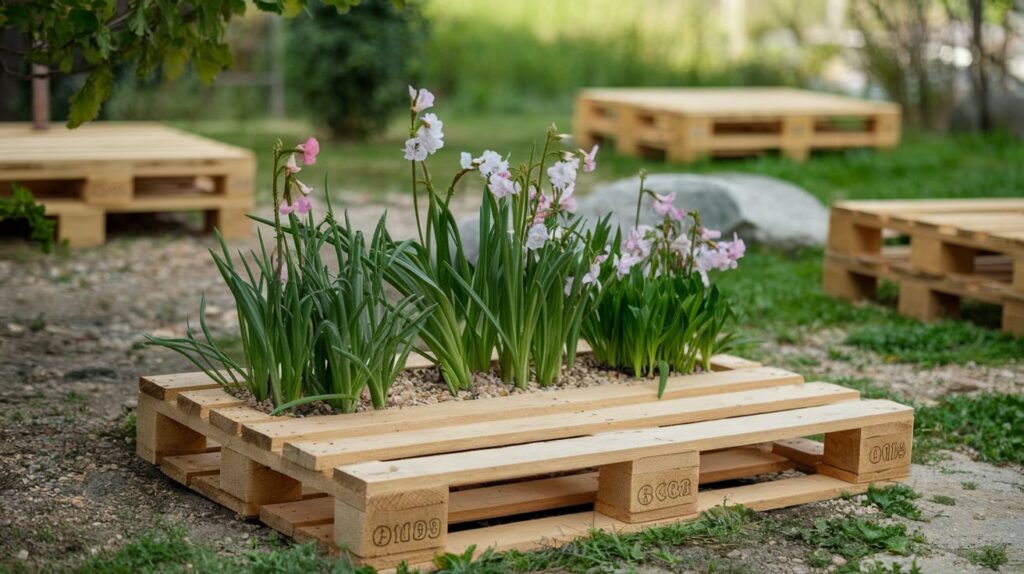
Sustainable DIY Projects for a Greener Home
In a world increasingly aware of environmental issues, sustainability has emerged as a critical concern. From climate change to pollution, our planet is calling for change, and embracing sustainable practices is a vital step forward. One powerful way to contribute is through DIY (Do It Yourself) projects. Not only does DIY empower individuals to create, but it also fosters a sense of community and responsibility towards the environment. Did you know that by upcycling just one piece of furniture, you can reduce landfill waste by up to 90%? This statistic highlights the significant impact sustainable DIY projects can have on our environment.
- Understanding Sustainable DIY
Sustainable DIY refers to the practice of creating or repurposing items with minimal environmental impact. This approach not only prioritizes eco-friendly materials but also promotes creativity and resourcefulness. The benefits of engaging in sustainable DIY projects are manifold:
- Environmental: Reducing waste and carbon footprint.
- Economic: Saving money through the usage of what you have already got.
- Personal Satisfaction: Enjoying the creative process and knowing your efforts contribute to a healthier planet.
Some popular sustainable DIY projects include upcycling furniture, making natural cleaning products, and creating home gardens. Each of these projects not only enhances your living space but also nurtures your commitment to sustainability.
- Essential Tools and Materials for Sustainable DIY
Before diving into your sustainable DIY projects, it’s essential to have the right tools and materials at your disposal. Here’s a list of eco-friendly tools and materials to consider:
- Tools: Reusable paint brushes, manual hand tools (like screwdrivers and saws), and natural fiber brushes.
- Materials: Reclaimed wood, non-toxic paints, organic fabrics, and biodegradable adhesives.
Tips for Sourcing Sustainable Materials
- Local Thrift Stores: Brilliant for finding upcycled materials.
- Community Swap Events: Exchange unwanted items with neighbours.
- Online Marketplaces: Look for sellers who specialize in reclaimed or sustainable materials.
Choosing non-toxic and recyclable materials not only protects your health but also reduces harmful waste. Prioritizing eco-friendly options ensures that your DIY projects contribute positively to the environment.
- Top 5 Sustainable DIY Projects for Beginners
Project 1: Upcycled Furniture
Transforming an old piece of furniture into something new is a rewarding sustainable DIY project.
Step-by-Step Guide:
- Select Your Piece: Look for a sturdy item at a thrift store or in your garage.
- Clean and Prep: Sand down surfaces and remove any old paint.
- Refinish or Paint: Use non-toxic paint or natural stains to revitalize your furniture.
- Accessorize: Add new knobs or handles to enhance its look.
Tips: Use reclaimed wood or old fabric scraps for a unique touch.
Project 2: Self-made cleaning merchandise
create your personal green cleansing answers the use of simple elements.
Recipes:
- All-Purpose Cleaner: Mix equal parts vinegar and water, and add a few drops of essential oil.
- Window Cleaner: Combine one cup of water with a quarter cup of vinegar.
Benefits: Using natural ingredients reduces chemical exposure and is better for the environment.
Project 3: DIY Compost Bin
Building a compost bin from recycled materials is an excellent way to reduce waste.
Instructions:
- Gather Materials: Use old pallets or wire fencing.
- Assemble: Create a cube shape, leaving one side open for access.
- Layer: Start with dry leaves, followed by food scraps, and finish with soil.
Tips: Turn your compost regularly to aerate it and maintain a healthy compost ecosystem.
Project 4: Reusable Shopping Bags
Sewing your own reusable bags helps reduce plastic waste significantly.
Guide:
- Select Fabric: Use old t-shirts or sturdy cotton fabric.
- Cut and Sew: Cut two rectangles for the bag body and sew them together, adding handles.
- Finish Edges: Use a zig-zag stitch to save you fraying.
Importance: Each reusable bag can replace hundreds of single-use plastic bags over its lifetime.
Project 5: Indoor Herb Garden
Cultivating your own herbs indoors not only beautifies your space but also provides fresh ingredients.
Steps:
- Choose Containers: Use small pots or repurposed jars.
- Select Herbs: Basil, mint, and parsley are terrific alternatives for beginners.
- Plant and Care: Fill pots with soil, plant seeds, and place them in a sunny spot.
Benefits: Growing your own herbs reduces reliance on store-bought options, minimizing packaging waste.
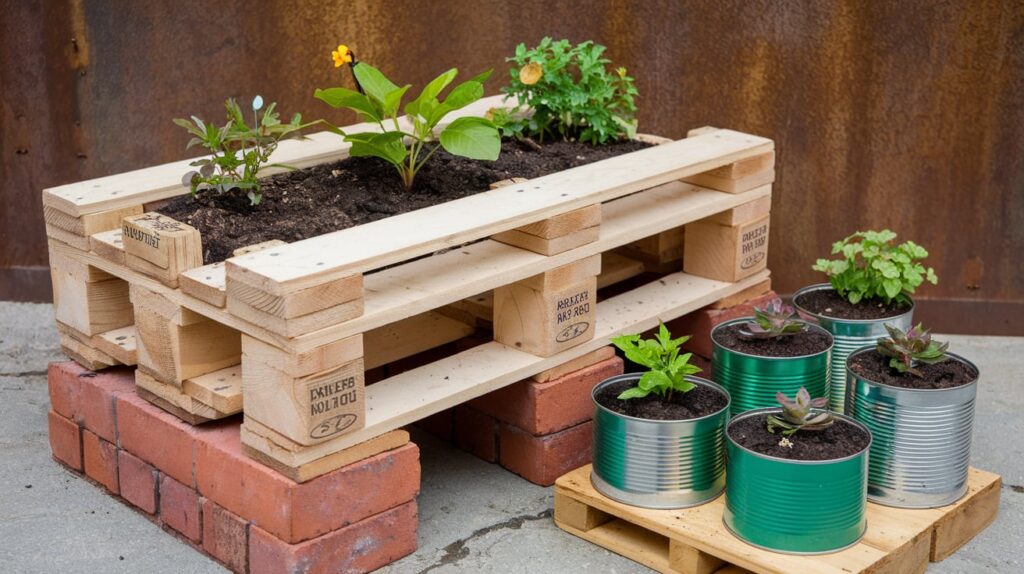
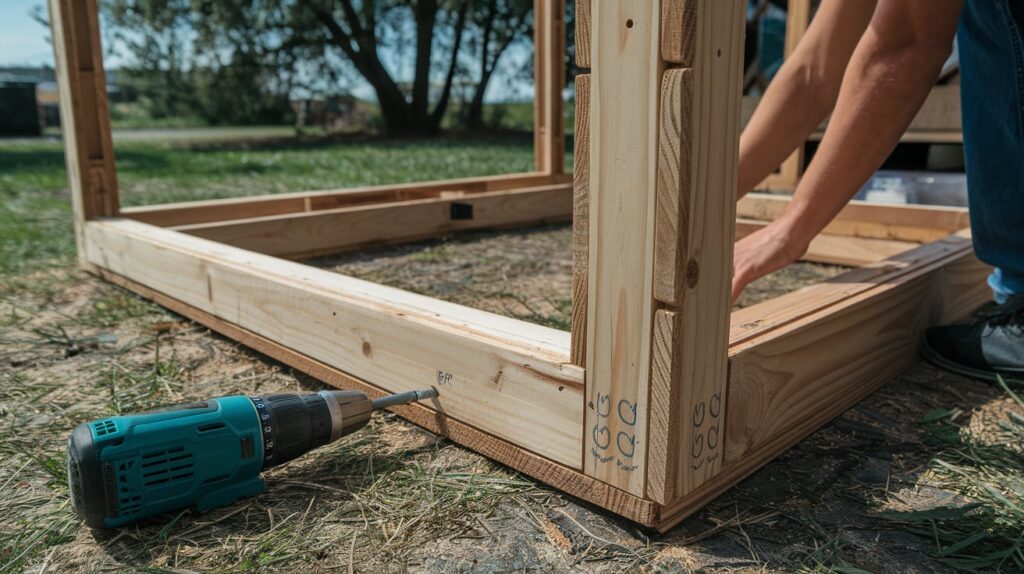
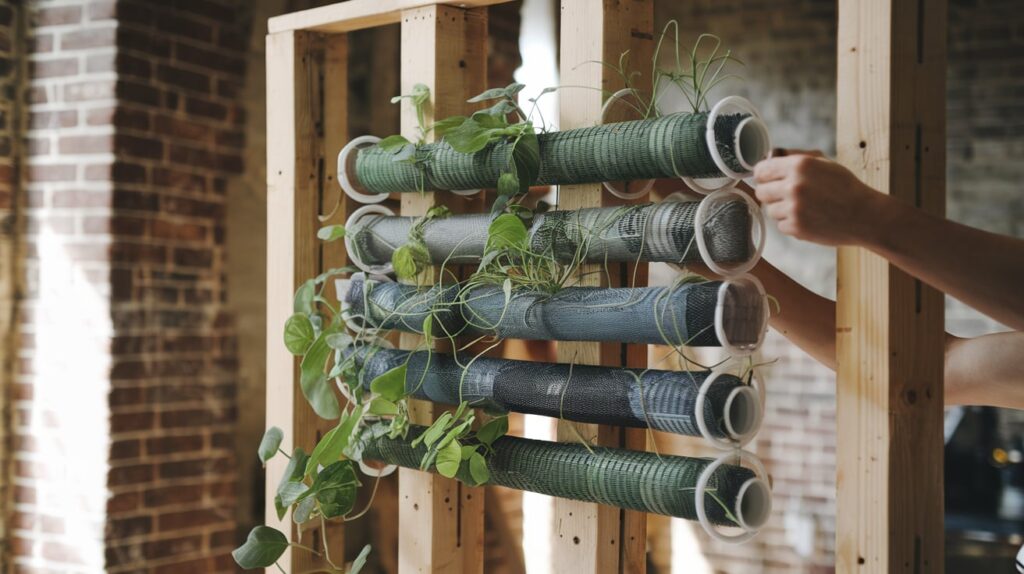
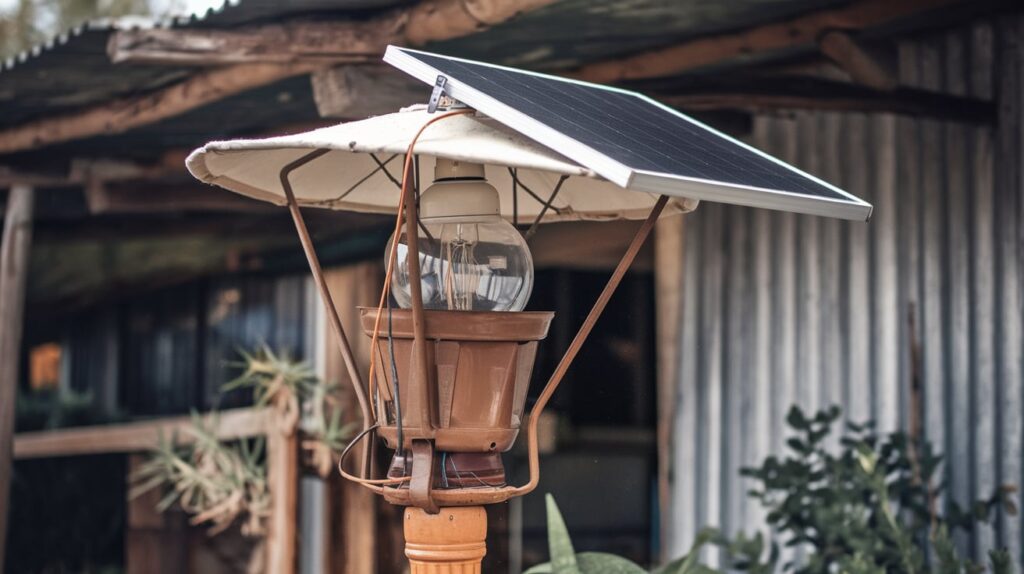
Superior Sustainable DIY Projects: Transform Your Home and Garden
In a world increasingly focused on sustainability, sustainable DIY projects have become a popular way to reduce our ecological footprint while enhancing our living spaces. In this blog post, we’ll explore three advanced sustainable DIY projects that not only benefit the environment but also add value to your home. We’ll also provide helpful tips for your DIY journey and resources to inspire and guide you. Let’s dive in!
Project 1: Solar-Powered Outdoor Lighting
Guide to Installing Solar Lights in Your Garden
Transform your garden into a beautiful nighttime oasis with solar-powered outdoor lighting. Right Here’s the way to get started
- Pick out the Right Solar Lights: Select lights based on your garden’s needs—pathway lights, spotlights, or decorative lanterns.
- Plan the Layout: Map out in which you want to area your lighting. Consider illuminating pathways, trees, and key garden features.
- Install the Lights: Follow the manufacturer’s instructions to position the lights in areas that receive plenty of sunlight during the day. Typically, a south-facing area is ideal.
- Test the Lights: Once set up, sun lighting fixtures require minimum renovation and no electricity payments.
Benefits of Solar Energy
- Cost-Effective: Once installed, solar lights require minimal maintenance and no electricity bills.
- Environmentally Friendly: Solar lights utilize renewable energy, reducing reliance on fossil fuels.
- Easy to Install: No wiring is required, making it a hassle-free project.
Project 2: Rainwater Harvesting System
Instructions for Setting Up a Rainwater Collection System
Creating a rainwater harvesting system is an excellent way to conserve water. Here’s a simple guide to set one up:
- Gather Materials: You’ll need a rain barrel, downspout diverter, filter, and spigot.
- Install the Rain Barrel: Position the barrel beneath a downspout. Use the diverter to redirect rainwater into the barrel.
- Add a Filter: This prevents debris from entering your collected water. Ensure it’s placed at the top of the barrel.
- Attach the Spigot: Install a spigot at the bottom of the barrel for easy access to the water.
Uses of Harvested Rainwater
- Irrigation: Use rainwater for watering your garden and lawn.
- Household Use: Consider using it for flushing toilets or washing cars.
- Emergency Supply: In drought conditions, having stored rainwater can be invaluable.
Project 3: DIY Greywater System
Steps to Create a Greywater Recycling System
Recycling greywater (wastewater from sinks, showers, and washing machines) is a fantastic sustainable DIY project. Right Here’s the way to do it thoroughly:
- Take a look at nearby rules: Before you start, familiarize yourself with local laws regarding greywater use.
- Choose Your System: Decide between a simple system that diverts greywater to your garden or a more complex filtration setup.
- Install Diverters: Use plumbing diverters to redirect greywater from sinks or showers to your irrigation system.
- Set Up Storage: For larger systems, install a storage tank to hold greywater until it’s needed.
Environmental Benefits of Greywater Recycling
- Water Conservation: Reduces overall water usage and reliance on municipal water systems.
- Nutrient Recycling: Greywater can provide nutrients to your plants, promoting healthy growth.
- Sustainability: Helps create a closed-loop system in your home, reducing waste.
Tips for a Successful Sustainable DIY Journey
Planning and Preparation Tips
- Research: Understand the projects before diving in. Watch tutorials and examine courses to benefit insights.
- Start Small: Begin with one project to build your skills and confidence.
Safety Considerations
- Use Protective Gear: Always wear gloves, goggles, and other safety equipment when necessary.
- Know Your Limits: If a project feels too complex or dangerous, consider seeking professional help.
How to Stay Motivated and Inspired
- Join Online Communities: Engage with others who share your passion for sustainable DIY.
- Set Realistic Goals: Have a good time small achievements to maintain motivation.
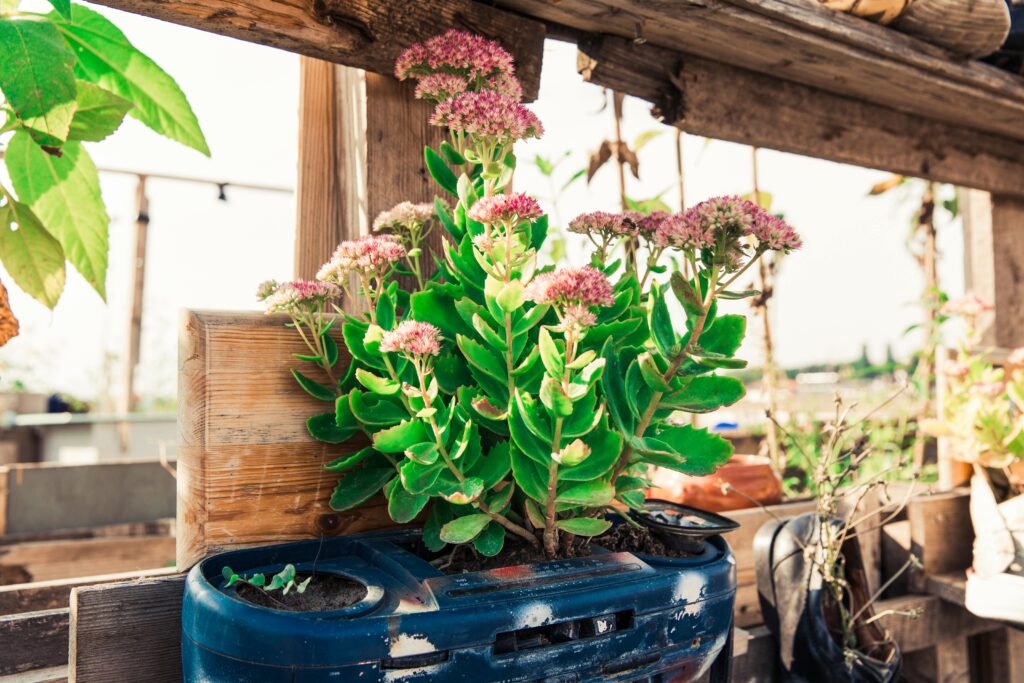
Conclusion
Engaging in sustainable DIY projects not only enhances your home but also contributes to a healthier planet. Whether it’s installing solar lights, setting up a rainwater harvesting system, or creating a greywater recycling system, each step you take makes a difference. Start small, enjoy the process, and gradually take on more projects.
Call to Action
We want to listen from you! Share your sustainable DIY projects and inspire others to embark on their own green journeys. Collectively, we are able to create a extra sustainable world, one task at a time.
